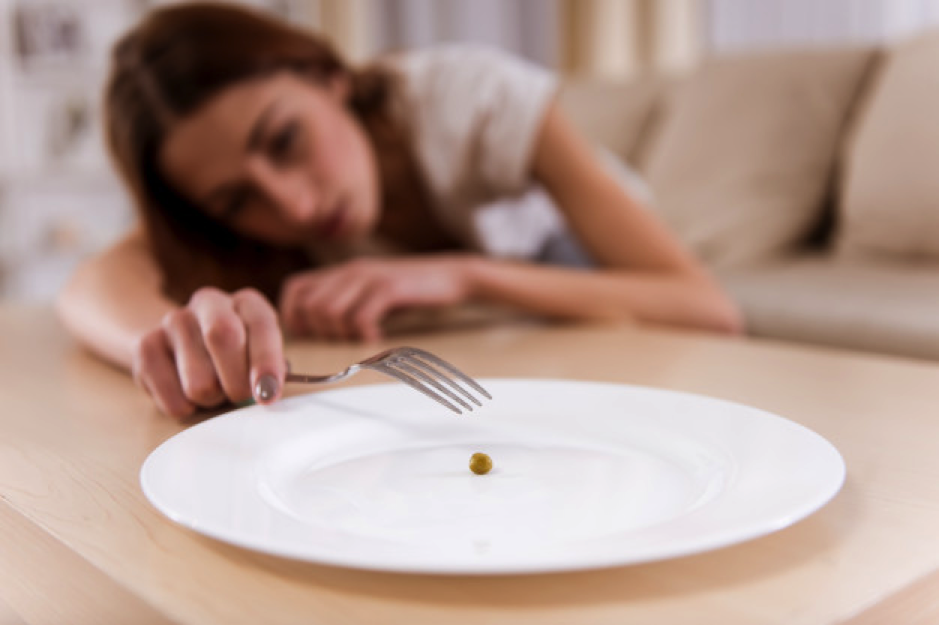
Someday, I think I will 100% believe I am beautiful, and I will do that on my own terms, without the help of a boy or Instagram likes. I almost lost my life, and my life is much more important than my weight. Although every day I see girls in magazines and in person with tiny waists, I am fighting.

Now, at 16, I remain recovered without relapse. The stigma surrounding my weight is what turned it on.įor me, I will never turn my anorexia off. Anorexia was like a light switch that lived inside my brain, turned off for most of my life. I went into treatment for anorexia and fully came to terms with my disease, and began to believe that I did not choose this. My “diet” left me with a failing liver, a problematic heart, hair loss, and osteopenia. It does not pick particular races or genders. It does not have a specific physical appearance. I thought it was when someone literally never ate anything due to some underlying emotional problem, when, in reality, accordingly to my personal understanding and experience, it’s a disease that manifests in the mind an utter fear of weight gain. I was extremely underweight for my height and age however, my grandmother told I had “arms like ham” and was “getting chubby.” I spent my entire childhood surrounded by weight stigma - whether it was from my grandmother constantly telling me to “go on a diet” or comparing my own body to my friends'.Īt 12, I went on what I described as a “very strict diet.” I had no clue what anorexia was. By speaking out, we can reduce the shame and stigma associated with eating disorders and give courage to millions of survivors. Sharing my story was the first step toward total recovery and remains my personal form of resistance. It took years for me to regain control of my life and body, both of which deserved respect and love after having spent years as a battleground.

I will never forget the first time I saw my own reflection without wanting to see less of it. Denying the existence of sexism is a historically convenient method of the ignorant, and to tell an eating disorder survivor that our plight is of self-creation is to validate the disproportionate and unrealistic physical expectations for women that have permeated every aspect of society. Instead, we are treated like social outliers who are shamed and told we have taken things too far. Survivors could best be served by the development of new treatment options targeted at modifying harmful behaviors and by eroding patriarchal visions of the female body.

This was my first insight into how our health care system is unprepared to treat eating disorder survivors, a travesty compounded by society’s rigid physical ideals for women. I was treated less as a medical patient and more like a criminal, unable to privately mourn the loss of my innocence and adolescence. The institution was not equipped to deal with eating disorders, and their only plan of action was to watch me eat, shower, and sleep to ensure I didn’t throw up, exercise, or throw my food away. This feeling of belonging helps people realise and remember that others have faith in their recovery, even at the moments when they feel that they don’t have much in themselves.As a 12-year-old with full-blown anorexia, I was involuntarily institutionalized after having an eating disorder–induced seizure. We also dedicate time to quality activities involving all Imani residents. Volunteering, fellowship meetings and support groups are all included in our weekly schedule. With that in mind, we make it a top priority to foster a sense of community. Our experienced, compassionate and dedicated team provides 24-hour care, to help adults afflicted with eating disorders along their individual healing journeys.Īlthough eating disorders come in many variations, there are commonalities within the pain and suffering of all of them. These complement our group and individual counselling sessions, nutritional assistance, psychiatry and other mainstream treatments.

Imani offers a combination of therapies including Cognitive Behavioural Therapy, Schema Therapy, Tension and Trauma Release Exercises, Dialectical Behavioural Therapy, and Biodanza.


 0 kommentar(er)
0 kommentar(er)
